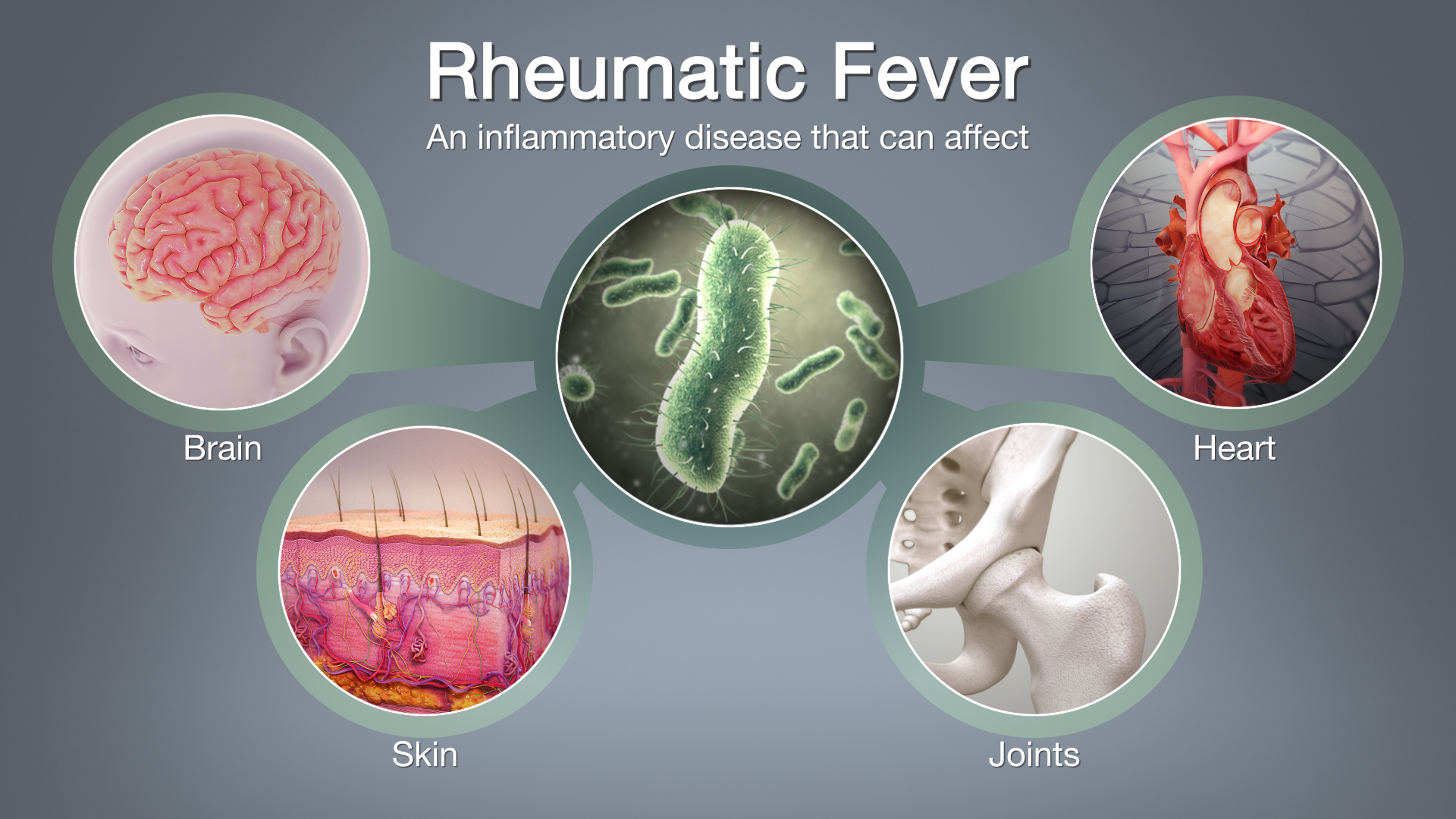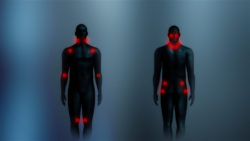Rheumatic fever is a rare and life threatening disease. It is a disease that is inflammatory and develops as a complication when strep throat or scarlet fever are inadequately treated.

Strep throat and scarlet fever are caused by an infection by the bacteria called group A streptococcus. Rheumatic fever is dangerous because it greatly damages the heart. It can also cause a nervous system disorder. It mostly affects children in the age group of 5 to 15 years, though it may affect adults and younger children also. Streptococcal infections are common but rheumatic fever is rare in developed countries. In developing and underdeveloped countries, rheumatic fever is relatively more common.
Symptoms
The symptoms of rheumatic fever usually start to develop within 2 to 4 weeks after a bout of strep throat infection. They are a result of inflammation in joints, skin, central nervous system or the heart and include:
- Fever
- Swollen, red and extremely painful joints
- Chest pain
- Fatigue
- Jerky and uncontrollable movements in the body
- A red, lattice like, rash typically on the chest, back and abdomen
- Nodules over the swollen joints
- Weakness and shortness of breath
Causes
The primary cause of rheumatic fever is Group A Streptococcus bacteria that cause strep throat infection. The strep bacteria have a protein that is also present in some tissues in the body. So the immune system cells that should fight the bacteria, start attacking the body’s own tissues mistaking them to be toxins or infectious agents. The tissues that are attacked are those of the joints, central nervous system, skin and heart. The immune system response causes inflammation in the tissues. If patients with strep bacteria take a complete course of the prescribed antibiotic treatment, the risk of getting rheumatic fever is very low. However, if the strep infection is not treated properly, the chances of developing this disorder are very high.
The factors that increase the risk for developing rheumatic fever are family history, type of strep bacteria and environmental factors. A person may have certain genes that may increase his chances of getting this disease. Certain strains of strep bacteria are more likely to develop into Rheumatic fever than others. Poor sanitation and other conditions may result in exposure to strep bacteria.
Treatment
The common aim of treatment is to eliminate any remaining group A streptococcal bacteria, reduce inflammation, relieve symptoms, and prevent recurrence. Antibiotics may be often prescribed to destroy the bacteria. They may be prescribed for a long period of time, depending on the age of the patient and whether or not the heart is affected. Anti-inflammatory medicines may be prescribed to combat fever, inflammation of the joints and pain. Sometimes corticosteroids may also need to be prescribed. In some cases, anticonvulsant medicines are prescribed to reduce the symptoms of central nervous system inflammation. In case the inflammation to the heart is severe, surgery may be required to repair the damage to the heart valves in order to prevent heart failure.
Inflammation caused by rheumatic fever can last from a few weeks to several months. In many cases, the inflammation may cause long term complications such as rheumatic heart disease. Rheumatic heart disease can develop when rheumatic fever causes permanent damage to the heart.
Disclaimer: The information in no way constitutes, or should be construed as medical advice. Nor is the above article an endorsement of any research findings discussed in the article an endorsement for any of the source publications.
Sources-
- https://www.mayoclinic.org/diseases-conditions/rheumatic-fever/symptoms-causes/syc-20354588
- https://www.healthline.com/health/rheumatic-fever
In Fibromyalgia, there is widespread pain in the musculoskeletal system and there is an amplified response of pain in the body to even mild pressure.
Read More..
Commonly known as a heart attack, a Myocardial (heart muscle) infarction (tissue death) happens when heart muscle is damaged because plaque buildup in a coronary artery compromises the blood flow to it.
Read More..











